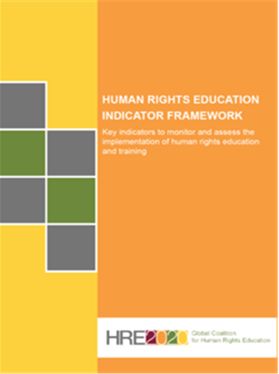HRE USA submits first report on HRE to the UPR
30 September 2014
HRE 2020 member, Human Rights Educators USA, together with the US Human Rights Network, successfully submitted the first national civil society report on human rights education to the Office of the UN High Commissioner for Human Rights on 12 September 2014. This document is a status report on policies and practices in human rights education in US schools, based on information the network collected from an online survey and stakeholder meetings that took place in San Francisco, New York City and Boston during the summer of 2014.
This 10-page report, was prepared for the 22nd session of the UN’s Universal Periodic Review (UPR). The UPR takes place every 4½ years and is an opportunity to review the status of implementation of human rights education and training at the national level. This is the second review cycle for the United States, who received three recommendations specifically focused on HRE in the first cycle. The HRE USA stakeholder report contained 15 recommendations in the areas of curriculum, teacher training, school environments and engagement with international human rights standards. Some of these recommendations are:
- The US government, in cooperation with governmental and civil society stakeholders, should develop and implement a National Plan of Action for HRE. A focal point for HRE should be appointed.
- The US. Department of Education should encourage and support, technically and financially, state and local efforts to incorporate human rights education in legislation and departmental policies affecting school curriculum, professional trainings, and school environment.
- The US. government should work with legislatures and credentialing and accreditation entities to ensure HRE in education programs for teachers, administrators, and other educational personnel working in schools that receive federal funding.
- The US. government should provide monetary and technical assistance to non-governmental organizations, institutions of higher education, and school districts to ensure safe and welcoming school environments.


